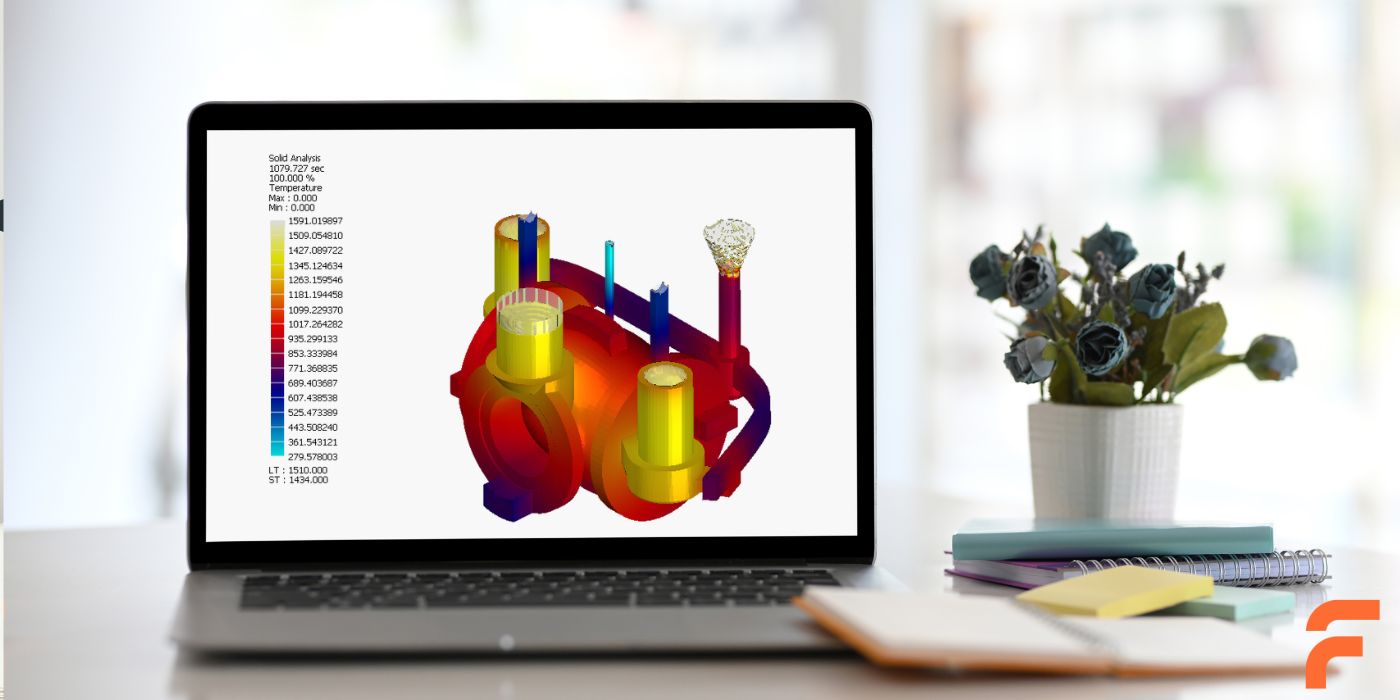Foundry safety and pollution control measures are vital for maintaining a safe and efficient operation. Foundries are integral to the manufacturing industry, transforming raw materials into finished products through various casting processes. However, this critical role comes with significant environmental, health, and safety challenges.
Environmental Impacts and Management
Air Emissions
Foundries generate substantial dust and particulate matter from thermal, chemical, and mechanical processes. Effective control measures include:
- Pneumatic Conveying Systems: These systems help in transferring and feeding additives, reducing dust emissions.
- Enclosed Conveyors: Using enclosed conveyors with dust-controlled transfer points minimizes dust spread.
- Stockpile Management: Indoor or covered stockpiles with dust suppression systems prevent dust emissions.
Solid Waste
Solid waste, including waste sand and metal scraps, is a major concern in foundries. Recycling and safe disposal practices are crucial for effective waste management.
Wastewater
Foundry wastewater contains contaminants such as heavy metals. Implementing treatment processes to remove these contaminants before discharge is vital to protect water resources.
Noise
High noise levels from foundry equipment can cause hearing damage. Using noise dampening materials and maintaining machinery regularly can help reduce noise pollution.
Health and Safety Measures

Personal Protective Equipment (PPE)
Workers must wear appropriate PPE, including helmets, gloves, and protective clothing, to prevent injuries from hot materials, sharp objects, and other hazards.
Training and Education
Regular training programs on safety protocols and emergency response significantly reduce accident rates. Proper equipment handling and hazard recognition are crucial components of these training sessions.
Emergency Preparedness
Developing and practicing emergency response plans for incidents such as fires, chemical spills, or equipment failures ensure quick and effective action, minimizing harm to workers and the environment.
Hygiene and Sanitation
Maintaining workplace cleanliness prevents the spread of contaminants. Providing proper sanitation facilities and enforcing hygiene practices are fundamental to worker health.
Pollution Control Measures


Air Emissions Control
Dust and particulate emissions can be controlled using:
- Enclosed Systems: Enclosed systems for sand transfer and handling prevent dust release.
- Filtration Systems: Bag filters and cyclones effectively capture and reduce dust emissions.
- Vacuum Cleaning: Regular vacuum cleaning in molding and casting areas minimizes dust accumulation.
Nitrogen Oxides (NOx)
NOx emissions from high-temperature furnaces can be reduced by:
- Optimizing Combustion Processes: Minimizing air/fuel ratios in combustion processes reduces NOx production.
- Low NOx Burners: Using low NOx burners in fuel-fired furnaces helps control emissions.
Sulfur Oxides (SOx)
SOx emissions from sulfur content in fuels can be mitigated by:
- Selecting Low-Sulfur Materials: Choosing low-sulfur feedstocks and fuels reduces SOx emissions.
- Wet Scrubbing Systems: Installing gas wet scrubbing systems effectively removes SOx from exhaust gases.
Carbon Monoxide (CO)
CO emissions from furnaces can be minimized by:
- Optimizing Furnace Operations: Proper furnace operation reduces CO production.
- Off-Gas Collection Systems: Effective off-gas collection systems capture and treat CO emissions.
Solid and Hazardous Waste Management
Recycling waste sand and metal scraps conserves resources and reduces waste volume. Safe disposal of hazardous wastes, such as chemically treated sands, protects the environment.
Water Pollution Control
Treating wastewater to remove contaminants protects water bodies. Recycling process water within the foundry reduces freshwater demand and minimizes wastewater generation.
Noise Pollution Reduction
Using noise dampening materials and barriers around noisy equipment reduces noise levels. Providing workers with hearing protection devices, such as earplugs or earmuffs, prevents hearing loss.
Conclusion
Implementing comprehensive safety and pollution control measures is essential for the sustainable operation of foundries. By prioritizing environmental, health, and safety practices, foundries can protect their workers and the environment while maintaining efficient production processes. This commitment to safety and sustainability ensures the continued success and growth of the foundry industry.





